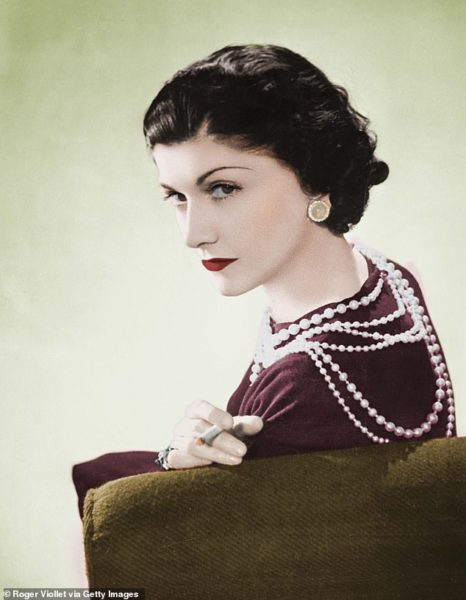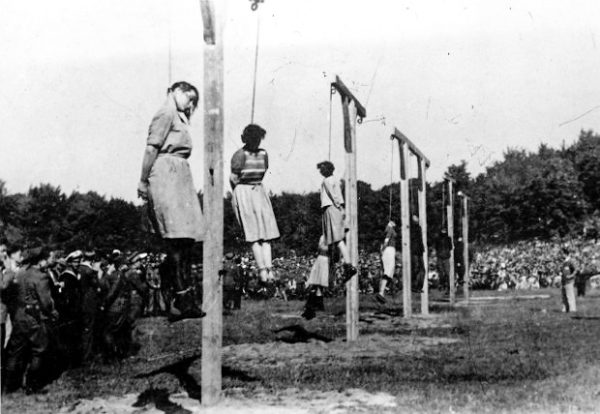
Five years ago, I wrote a blog by the same name. It was back in the days when I purposely limited my blogs to no more than five or six hundred words (my Millennial friends told me this was the “norm”). I’ve re-read some of those blogs and frankly, I’m embarrassed. First, my writing style has evolved (and hopefully, improved). Second, I could have added so much more interesting information had I not listened to my friends. Another difference between then and now is the number of images we used. Our blogs today use as many images as I can find that add value to the story. In the past, one or two images made it into the story. I guess this is what you call progress. So, we’ve gone back into the archives and picked out some of the more popular past blogs and I will be re-writing them to present to you with expanded content. We started with the blog, The Last Train Out of Paris (click here to read the blog) and today, you’ll visit with an icon of the fashion industry, Coco Chanel (1883-1971). She is clearly someone who many people have put on a pedestal as a result of her achievements. But hold on before you worship at the Chanel altar. Coco Chanel spent many of her later years trying to hide her secrets from the public and I suppose she succeeded since not many people are aware of her espionage activities with the Gestapo or her virulent anti-Semitic views. Read More Coco Chanel: Nazi Collaborator or Spy?

